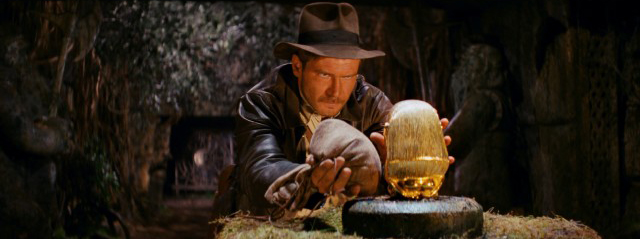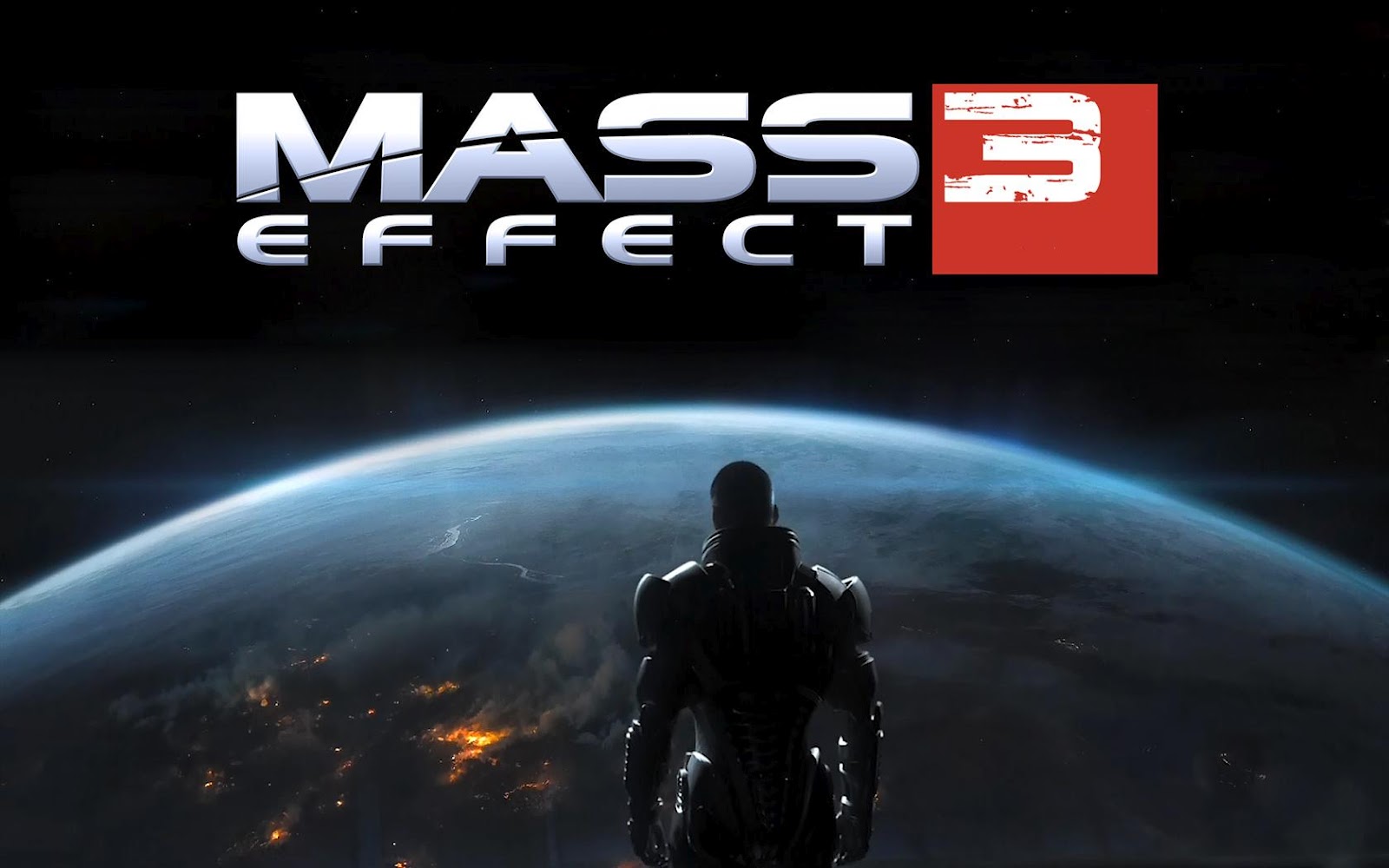On 9 Aug 2014 I ran a one-shot game for the Saturday (Olympus) group via Fantasy Grounds, the first screen-time for me since After the End. The Inception movie concept is very conducive to a traditional RPG party mechanic, allows a wide range of possible experiences and encourages creative thinking—in short, perfect for gaming. I had intended to run an Inception one-shot for a while, and had been prepping for it, and when the opportunity presented to run it, I went ahead and jumped into it. A number of players were going to be quite late to the game—the reason we weren’t playing the regular campaign that week—so I didn’t make a big push for finished characters beforehand (though I had intended to have some pre-generated characters ready, that didn’t quite happen), and used the first hour or so to deal with that stuff. With that in mind, and wanting to be certain to finish in one session, I wanted to keep it short and simple.
Regarding the Rules:
At its core, this would be a GURPS Action game, with the more-cinematic behaviors reserved for within the Dream; I would be using BAD pretty much as-is. GURPS already has a Dreaming skill, B188; I just used it. I took “mechanical” inspiration from Mage: The Ascension, and its official GURPS conversion; Dreaming would be the go-to skill for pretty much everything within the Dream, and could be used to “boost” actions. The basics:
- Roll against the higher of Will or Dreaming when you first enter the Dream; failure can result in some glitches, Crit Fail=Paradox. In addition, whenever you make a skill or attribute roll to interact with the environment or Projections in the Dream, use the lower of Dreaming and your attribute or skill.
- Architect has to fight against Subject’s influence; QC Dreaming vs Subject’s Dreaming or Will to prevent warping when Subject gets bored, frightened, etc. Affected by current BAD.
- Must hide/disguise changes to the Dream from the Subject; Fail=BAD+1 (MoF <5 allows a “save”), from increased attention/aggression. Doesn’t matter what the Projections see, but what the Subject detects (Projections react to the Subject’s observation)
- SK:Dreaming is always available as a Complementary Skill to any skill or attribute check within a Dream, and may provide a larger-than-normal bonus (or penalty): ±1 per 2 MoS/MoF (minimum ±1)
Also, I decided to use my normal Impulse Buys in the form of Planning Points (based on the planning rolls) and Architect Points (specific to the Architect, for setting up blockades and whatnot).
Regarding the Characters:
I recommended the use of Action 1 Template+Lens at the usual point levels (250/50/5). Characters would be already teamed up, or have worked together before. Required of All:
- Dreaming @12+ (higher is better—would be often penalized, and would be used heavily; think SK:Free-Fall in a zero-gravity mission)
- At least one Disadvantage would affect the Dream
- At least one Advantage would affect the Dream
- New Perk: Trademark Technique; +1 to Dreaming when using/activating the associated ability
Needed Character Archetypes:
Regarding the Mission:
Essentially, the mission revolved around an American-turned-jihadist captured in Afghanistan who needed to be interrogated to find out who his boss was, but due to legal restrictions couldn’t be interrogated in a more traditional manner, so the government organization turned to the “extractors,” whose influence would be otherwise undetectable. The Subject was a young college kid, recruited and brainwashed (given Extreme Fanaticism; -3 to attempts to mind-control or manipulate, which I applied to BAD). Being a one-shot game, I had the organization provide the team with a basic plan, so I could prepare the necessaries without having to consult the players directly: the kid was a regular first-person shooter player, so I used a Call of Duty: Modern Warfare map as the “maze,” and gave them the plan to lead the Subject through the map to a location where his “boss” would be waiting, faceless, for his subconscious mind to fill in the details of his face, after which, the team would be able to identify him from a book of mug-shots. I threw in some complications, like an interruption by the kid’s father, and used the Projections to demonstrate the kid’s programmed prejudices. Simply, the PCs would fight through a bunch of FPS shooters, the Subject’s Projections, and convince the Subject to take them to see the boss.
The Result:
We got off to a somewhat shaky start with the character creation, but the dust finally settled, and we ended up with a pretty solid team; very competent, due to the point-levels. I started them on the plane to Pakistan to do the job, a 19 hour flight, which gave them that time to do some basic research and plan the operation; they rolled extremely well, and ended up with a lot of points for Impulse Buys, of which they only ended up using a few. They all adopted FPS “clan” names associated with the Subject’s past activities. I threw them right into the fight, which went in the PCs’ favor, for the most part—I planned to do a little more fighting, but for the late start, I held back. They had a good social-engineering angle to start with, and the Subject followed along without any resistance. When they encountered the Subject’s father, they opened fire on him, and convinced the Subject to “cowboy up” (with a Critical Success) afterward. The Architect arranged for some rockets to hit the boss’ compound to punctuate the need to go in, and coaxed the Subject through his fears to confront him. While a few of the PCs remained outside to hold off the incoming Projections, the rest went in with the Subject and saw the face of the boss before he shot the Subject for his failure (for being captured; as he had feared), ending the Dream. One or two of the PCs had Eidetic Memory, and were easily able to ID the boss, and so the mission was completed, and they got paid.
The players enjoyed it enough, in spite of the “unfinished” nature of the mechanics, that they recommended it be taken on as a regular, ongoing campaign. So, I’ve begun working on refinements to the mechanics and preparing for a full-length treatment to occur, hopefully, in the not-too-distant future.




